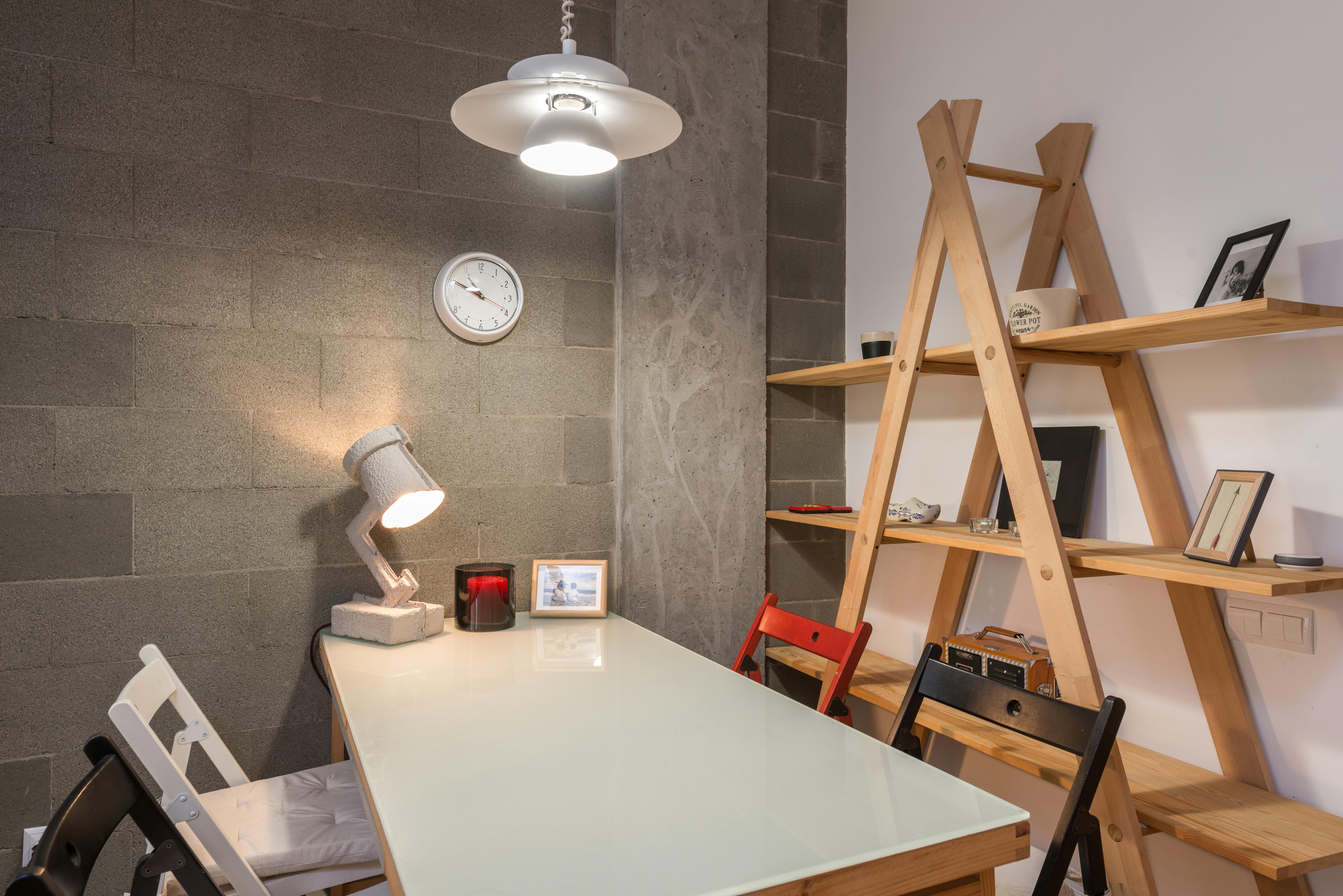The lease schedule is the tool of choice for a property manager or lease manager on a commercial or retail property investment. It is the leasing schedule that will keep the property manager abreast of upcoming events and dates.
You often find that the lease schedule is out of date, so if someone hands you such a document, treat it with the caution it deserves and review it completely before acting on the information it contains.
So let’s say you have a great leasing schedule that you know is totally accurate. I get a lot of questions about what I would like to see in a leasing program. Here are my top priorities:
- Details of the tenant’s name, lease, and full emergency contact details
- Lease identifier or suite reference from the property plan
- The area of the lease in m2 or ft2 (depending on your unit of measure)
- The% of the tenant area on the net leasable area of the building
- The $ of rent per year, per month and per unit of measure (m2 or ft2)
- Lease start date
- Rental start date
- Lease end date
- Lease term
- Lease Option Term
- Anniversary dates and reminders for rent reviews, options, expirations, renewals, renewals and meeting obligations.
- Expense expenses for each tenant based on area and monthly charge
- Building expenses budget
- Total recoveries of property expenses on a currency and% basis
- Types of expenses to be charged to tenants
- Renter’s insurance obligations
- Details of the rental guarantee or bonds held
- Provision for critical dates related to any significant lease term or condition
- Details of the tenants’ maintenance obligation
This list is not finite and you can add your own additional priorities; however, I would make sure it is completely correct and keep it to the highest level of accuracy. By doing this, you can be aware of upcoming major events that will affect the occupancy or rental of the property.
While you can purchase “out of the box” software programs that display the above information, it can be quite expensive for commercial and retail property managers new to this type of property. The alternative is to create a simple spreadsheet that contains the data; In saying that, it is essential that you take great care in maintaining the spreadsheet you create. Any mistake in the lease schedule can destroy your landlord, your business, your tenant, your reputation, and your property. Accuracy is paramount.
